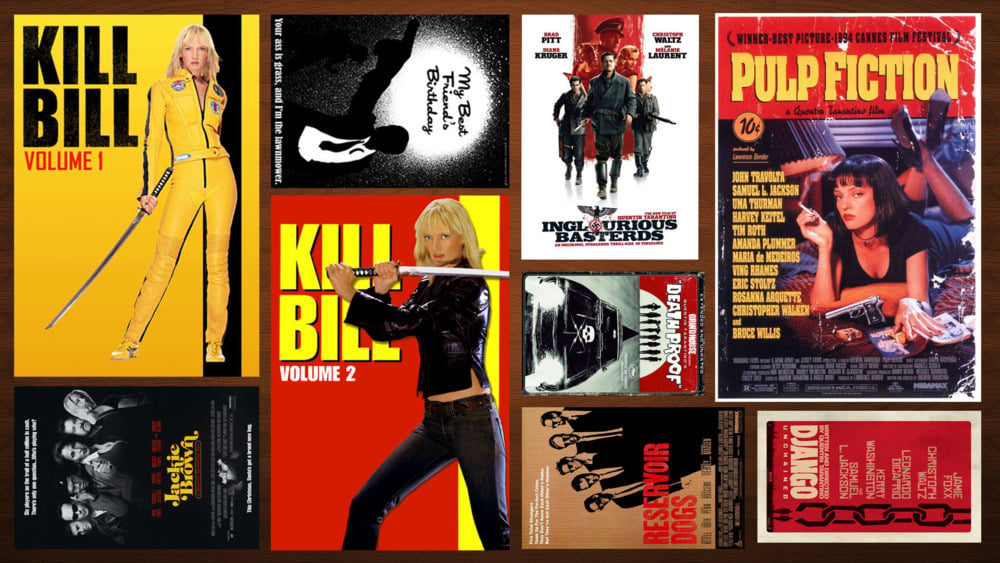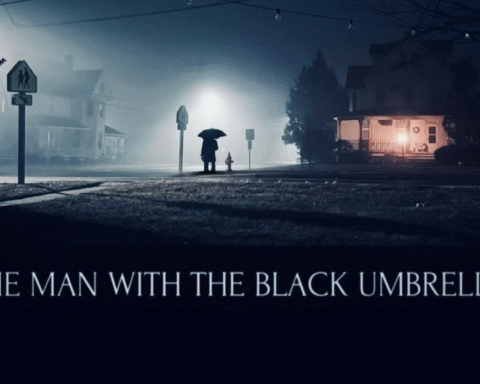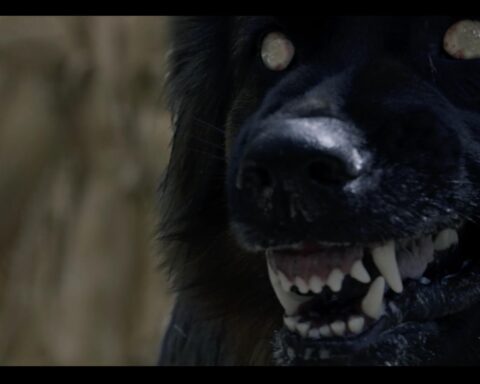Quentin Tarantino, a name synonymous with contemporary auteur cinema, has left an indelible mark on the landscape of modern filmmaking. Known for his distinctive style, eclectic dialogue, and penchant for violence, Tarantino’s films often straddle the line between high art and pulp fiction. While his oeuvre has been extensively studied and dissected, there remain numerous unusual and fascinating aspects of his films and cinema in general that are not as widely discussed. This article delves into ten such intriguing facts, offering a deeper understanding of Tarantino’s genius and the cinematic world he inhabits.
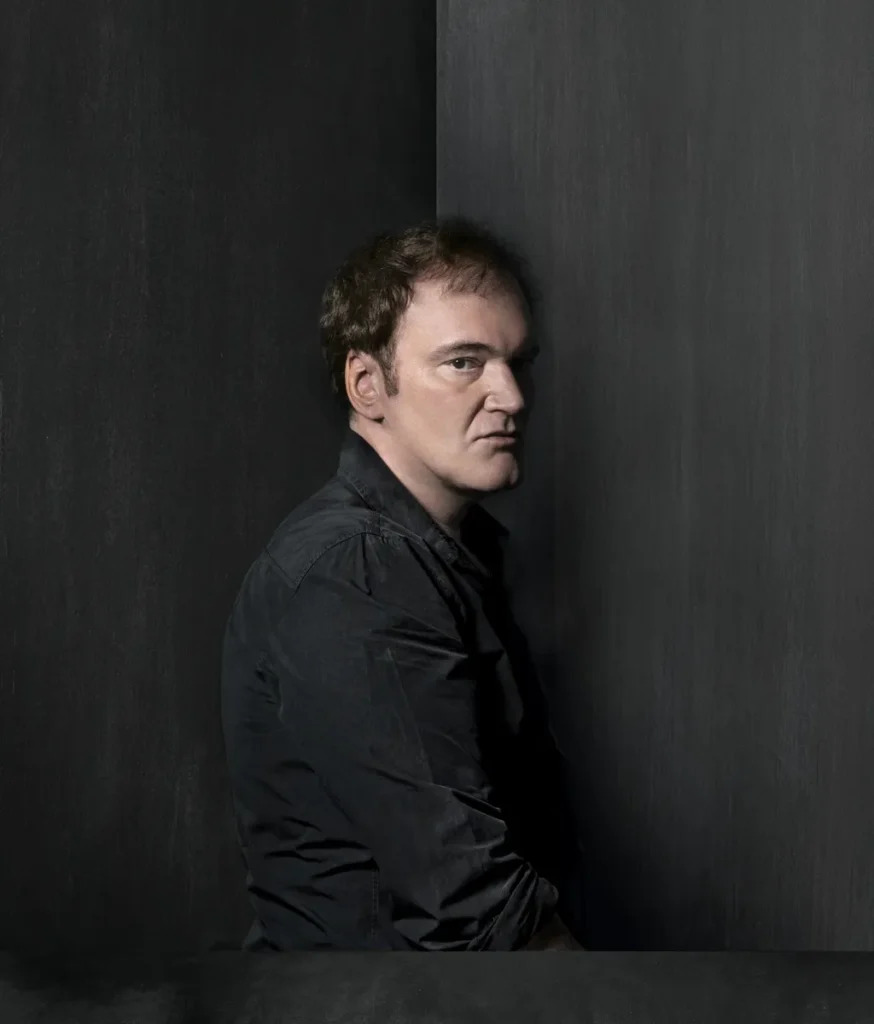
1. The Art of the Trunk Shot
One of the most iconic and unusual techniques in Quentin Tarantino’s cinematic arsenal is the “trunk shot.” This low-angle shot simulates the view from inside a car trunk, often used to dramatic and sometimes humorous effect. The trunk shot has appeared in several of his films, including “Reservoir Dogs,” “Pulp Fiction,” “Jackie Brown,” “Kill Bill,” and “Inglourious Basterds.”
The trunk shot serves multiple purposes: it disorients the audience, offers a unique perspective, and adds to the tension of the scene. It’s a testament to Tarantino’s ability to transform a mundane situation into something visually and emotionally engaging. This technique underscores his inventive approach to cinematography, demonstrating how he blends narrative and visual storytelling in an unconventional manner.
2. Non-Linear Storytelling
Tarantino’s penchant for non-linear storytelling is another hallmark of his films. This narrative technique, where events are presented out of chronological order, can be seen in “Pulp Fiction,” “Reservoir Dogs,” and “Kill Bill.” By fragmenting time, Tarantino creates a tapestry of interconnected stories and characters, enhancing the thematic depth and complexity of his films.
This narrative style invites viewers to engage more actively with the story, piecing together the timeline and connections between characters. It also allows for greater thematic exploration, as events and their consequences can be juxtaposed in ways that linear storytelling does not permit. Tarantino’s use of non-linear storytelling reflects his broader interest in the mechanics of cinema and narrative, making each film a puzzle that viewers are eager to solve.
3. The Influence of Grindhouse Cinema
Tarantino’s films are deeply influenced by grindhouse cinema, a genre of low-budget films known for their exploitation of sensational subject matter. This influence is most evident in “Death Proof” and “Kill Bill,” which pay homage to the stylistic and thematic elements of grindhouse films. From exaggerated violence to kitschy aesthetics, Tarantino incorporates these elements into his films, elevating them with his unique directorial flair.
Grindhouse cinema’s impact on Tarantino extends beyond mere homage. It informs his approach to storytelling, character development, and visual style. By embracing the raw and unpolished aspects of grindhouse films, Tarantino infuses his work with a sense of authenticity and rebellious spirit that resonates with audiences. This influence underscores his commitment to subverting traditional cinematic norms and celebrating the fringe elements of film history.

4. The Role of Music
Music plays a pivotal role in Tarantino’s films, often functioning as a character in its own right. His eclectic soundtracks, which span a wide range of genres and eras, are meticulously chosen to complement and enhance the narrative. Iconic scenes, such as the “Stuck in the Middle with You” torture sequence in “Reservoir Dogs” or the “Misirlou” opening credits of “Pulp Fiction,” are indelibly linked to their musical accompaniment.
Tarantino’s use of music goes beyond mere background score; it shapes the tone, mood, and rhythm of his films. He often juxtaposes cheerful or incongruous music with violent or intense scenes, creating a dissonance that heightens the impact of the visuals. This innovative use of music reflects Tarantino’s deep understanding of its power to evoke emotion and enrich storytelling, making his soundtracks as memorable as his films.
5. The Revival of Careers
Tarantino has a knack for reviving the careers of actors who have faded from the Hollywood spotlight. His films have provided a platform for actors to showcase their talent in new and unexpected ways. John Travolta’s career was rejuvenated by his role as Vincent Vega in “Pulp Fiction,” while Pam Grier and Robert Forster received critical acclaim for their performances in “Jackie Brown.”
By casting actors against type and giving them substantial roles, Tarantino breathes new life into their careers and challenges audience perceptions. This casting strategy not only revitalizes the actors’ professional trajectories but also adds layers of meaning and intertextuality to his films. It reflects Tarantino’s appreciation for the history of cinema and his desire to honor and reinvent it through his work.
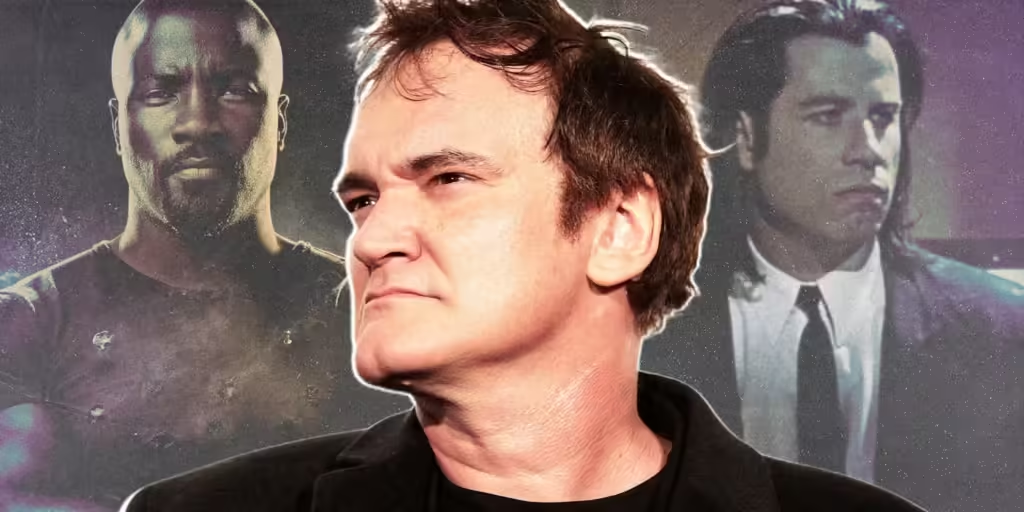
6. Homage and Intertextuality
Tarantino’s films are rich with homage and intertextual references, drawing from a wide array of genres, directors, and films. His encyclopedic knowledge of cinema allows him to weave these references seamlessly into his narratives, creating a layered and self-referential cinematic experience. Whether it’s the spaghetti western influences in “Django Unchained” or the martial arts homage in “Kill Bill,” Tarantino’s films are a testament to his love for and deep engagement with the medium.
These references serve multiple purposes: they pay tribute to Tarantino’s influences, enrich the viewing experience for cinephiles, and contribute to the thematic and stylistic complexity of his work. Tarantino’s intertextuality blurs the lines between homage and originality, demonstrating how the past can be recontextualized to create something entirely new and exciting.
7. Dialogues as Art
One of the most distinctive features of Tarantino’s films is his masterful use of dialogue. His characters often engage in long, seemingly trivial conversations that reveal deeper themes and character traits. The “Royale with Cheese” conversation in “Pulp Fiction,” the opening monologue in “Inglourious Basterds,” and the banter in “Reservoir Dogs” are prime examples of how Tarantino elevates dialogue to an art form.
Tarantino’s dialogue is characterized by its wit, rhythm, and cultural references. It serves as a vehicle for character development and thematic exploration, making even the most mundane topics engaging and revealing. This emphasis on dialogue reflects Tarantino’s belief in the power of words and their ability to shape narrative and define characters. His writing style has influenced countless filmmakers and screenwriters, cementing his status as a master of cinematic dialogue.

8. The Foot Fetish Controversy
An unusual and oft-discussed aspect of Tarantino’s films is his apparent fascination with feet. Numerous scenes in his films feature close-ups of women’s feet, leading to speculation about Tarantino’s personal interests. Notable examples include Uma Thurman’s bare feet in “Kill Bill,” Bridget Fonda’s feet in “Jackie Brown,” and Margot Robbie’s feet in “Once Upon a Time in Hollywood.”
While this recurring motif has sparked controversy and debate, it also offers a unique insight into Tarantino’s directorial style. The focus on feet can be seen as a form of visual signature, a way for Tarantino to leave a personal mark on his films. It also contributes to the distinctive visual language of his work, adding to the idiosyncratic and provocative nature of his cinema.
9. The Use of Artificial Film Grain
Tarantino’s commitment to the aesthetic qualities of film extends to his use of artificial film grain to create a vintage look. This technique is prominently featured in “Grindhouse,” where he collaborated with Robert Rodriguez, and in “Death Proof.” By adding film grain, scratches, and other imperfections, Tarantino replicates the texture and feel of older films, evoking a sense of nostalgia and authenticity.
This aesthetic choice reflects Tarantino’s reverence for the physicality of film and his desire to preserve its tactile qualities in the digital age. The use of artificial film grain is part of his broader effort to bridge the past and present, combining modern filmmaking techniques with traditional cinematic elements. It underscores Tarantino’s belief in the enduring power of celluloid and its ability to convey emotion and atmosphere in ways that digital media cannot.
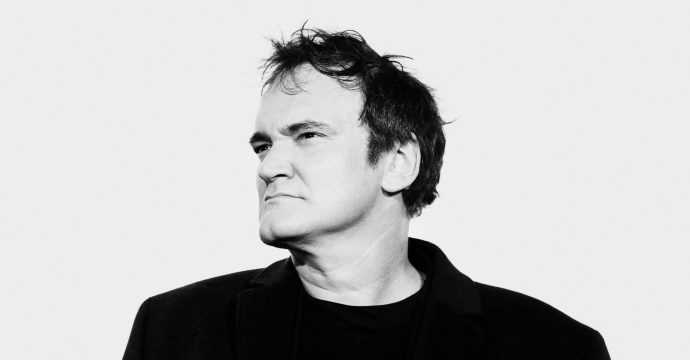
10. The Auteur Theory in Practice
Tarantino is often cited as a prime example of the auteur theory in contemporary cinema. This theory, which emerged in the 1950s and 1960s, posits that a director’s personal vision and style are the primary creative forces behind a film. Tarantino’s distinctive visual style, thematic preoccupations, and narrative techniques clearly mark his films as products of a singular creative mind.
His hands-on approach to filmmaking, from writing and directing to selecting soundtracks and overseeing editing, exemplifies the auteur theory in practice. Tarantino’s films are instantly recognizable, not just for their content but for their form and structure. This consistency and coherence across his body of work highlight the extent to which his personal vision shapes every aspect of his films, solidifying his status as one of the most influential auteurs of his generation.
Fascination & Inspiration
Quentin Tarantino’s films are a fascinating amalgamation of influences, techniques, and personal idiosyncrasies. From the innovative use of the trunk shot and non-linear storytelling to the revival of actors’ careers and the meticulous selection of music, Tarantino’s work is a testament to his unparalleled creativity and deep love for cinema. His films challenge conventional norms, inviting viewers to engage with them on multiple levels and appreciate the intricate craftsmanship behind each frame. By examining these ten unusual aspects of his films, we gain a deeper appreciation for Tarantino’s genius and the unique contributions he has made to the art of filmmaking.
